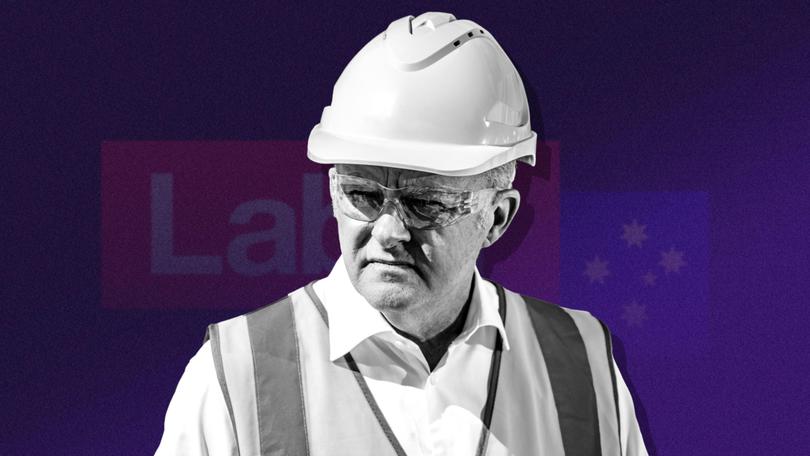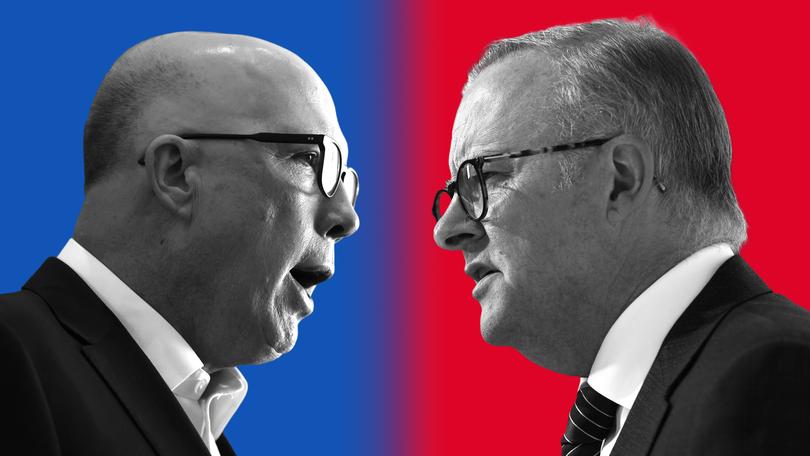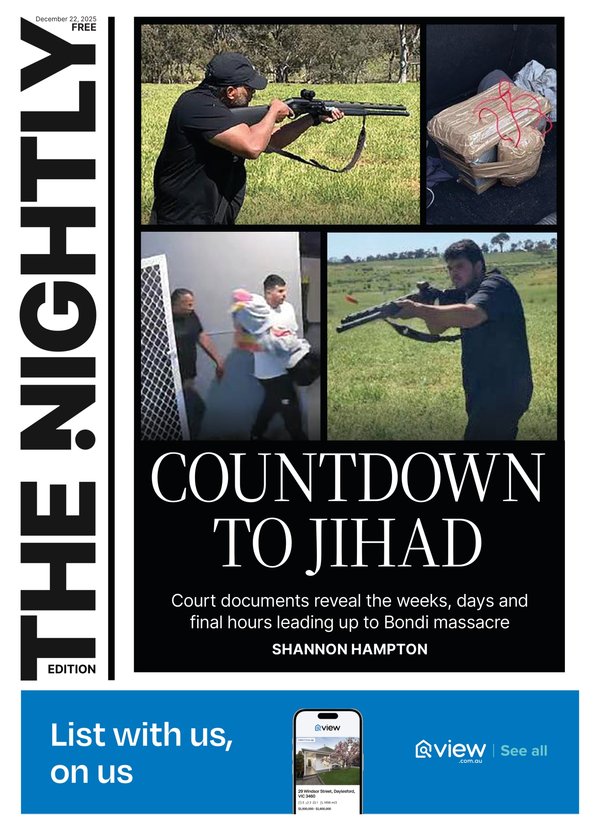MARK RILEY: Labor has always been the party of the worker. But they can no longer rely on tribal loyalty alone

They used to be called blue collar workers.
Even if many of them didn’t really wear blue collars at all.
T-shirts and flannos were more their go.
Sign up to The Nightly's newsletters.
Get the first look at the digital newspaper, curated daily stories and breaking headlines delivered to your inbox.
By continuing you agree to our Terms and Privacy Policy.Or singlets on a hot day.
High-viz and hard hats weren’t yet the standard fashion.
Three things distinguished them.
They worked hard, they were members of the union — often they had to be in order to get on site — and they voted Labor.
For decades in Australia, this was the complexion of the Labor Party’s traditional base.
No longer.
When pollsters catch up with them these days they don’t describe themselves as blue collar.
The term is almost meaningless in our post-industrial, high-tech world.
More likely, they will list their profession as “company director”.
They are tradies who no longer work for big companies but for themselves.
And they no longer belong to unions.
They have their own ABNs, their own small businesses and their own corporate identity.
The majority now votes conservative. Scott Morrison called them the quiet Australians, although they really weren’t all that quiet.
And they will have a big say in the coming election.
John Howard started their conversion.
He called them “battlers” and would regularly champion their “aspiration” in his stump speeches.
He encouraged them to run their own businesses, employ others and get rewarded with wage subsidies, favourable tax treatment and instant asset write-offs.
And they have largely stuck by the Coalition since.
The common face of Labor’s base now looks different. Very different.
It’s no longer male, sun-scarred and living on the urban fringes.
It is more likely university educated, inner-city and female.
And they are smaller in number.

The days of Labor being able to rely on 40 per cent of the primary vote as a starting point are well and truly over.
These days, it’s more like 30.
The Coalition’s reflexive support base is declining, too. Though it’s not quite as low as Labor’s. More in the high 30s.
But the majors are more or less neck-and-neck when the strong preference flow from the Greens towards Labor is factored in.
In the middle is a growing third-way alternative of right, left and centre independents led by the teals that already holds the balance of power in the Senate and will very likely command it in the House of Representatives in a few months.
This evolution of the electorate into three distinct camps is what makes the coming election so fascinating.
And hard to predict.
The Victorian State by-election in the traditional “blue-collar stronghold” of Werribee two weeks ago proved that.
Labor’s primary vote was just 29 percent but so was the Liberals’.
The Greens polled just 7.5 per cent.
That means the largest single proportion of voters — 34.5 per cent — voted for someone else.
In most cases, they voted for anyone other than the majors.
And that’s the problem for the big two.
Voter loyalty is becoming a thing of the past.
In the highly-connected age of social media, live-streaming and AI, voters are more aware of the issues than ever before. They are also more opinionated and more likely to express their frustration and disappointment by changing their vote.
While that is a bad thing for party strategists, it is a good thing for our democracy.
It means the parties need to work harder to connect with the real hopes and desires of working Australians.
They can no longer rely on tribal loyalty alone.
The tribes have splintered. They are still there. But there are a great many more of them and they no longer identify automatically under the banner of the red team or the blue team.
In this coming Federal election, it is those tribes in the country’s two biggest cities — Sydney and Melbourne — who will largely decide the outcome.
There could be movement in a seat here and there in WA, Tassie, SA and Queensland.
But 60 of Labor’s 77 seats are in NSW and Victoria. Most are in and around the capital cities.
And the tribes there are on the move. Winning enough of them over will be the key to victory for the white-collar politicians who can no longer bank on the automatic support of voters of any coloured collar.

